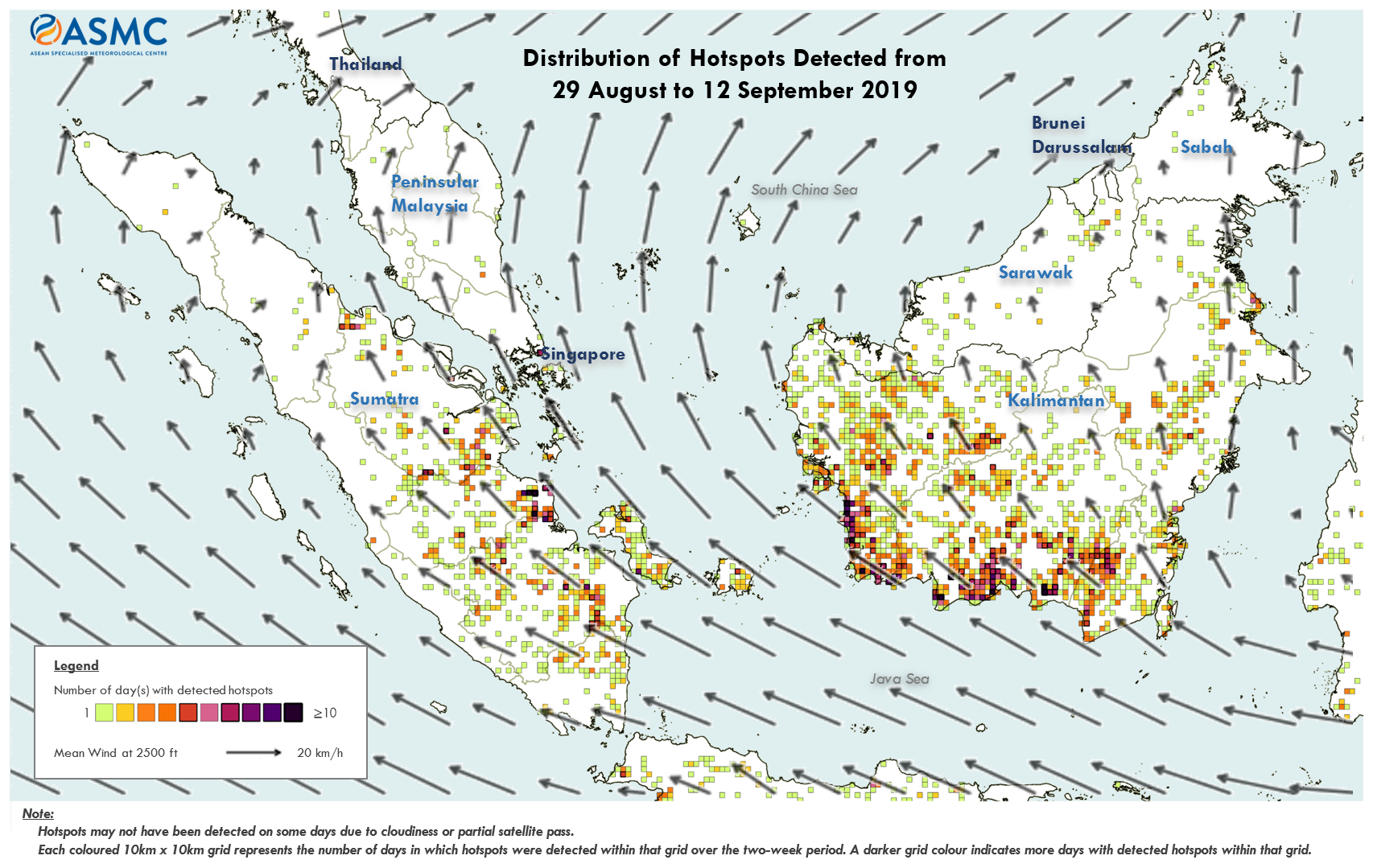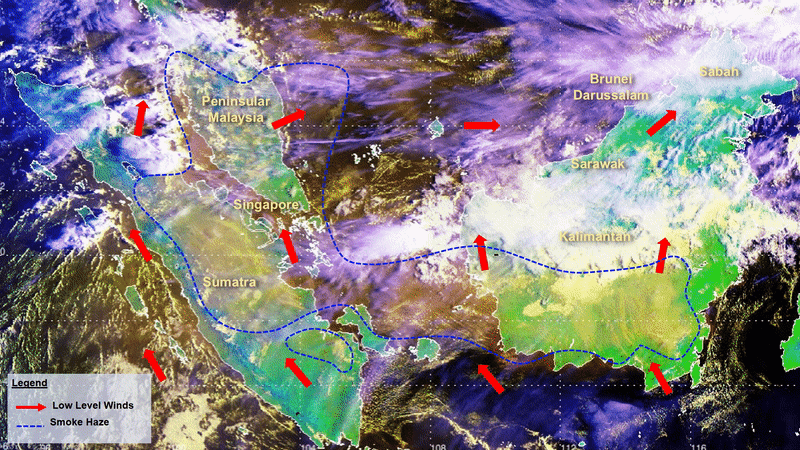MEDIA RELEASE
START OF DRY SEASON IN THE SOUTHERN ASEAN REGION
Singapore, 1 July 2022 – The ASEAN Specialised Meteorological Centre (ASMC) has declared the start of the traditional dry season for the southern ASEAN region1. The dry season for the region is associated with the onset of the Southwest Monsoon and is likely to stretch into October 2022.
1 The prevailing La Niña conditions in the equatorial Pacific Ocean are forecast to continue weakening, with either La Niña or neutral conditions expected for the rest of the year. In addition, a negative Indian Ocean Dipole (IOD) is developing in the equatorial Indian Ocean and is expected to become established by August 2022. These two climate phenomena – La Niña and negative IOD, are expected to bring above-normal rainfall to most parts of the southern ASEAN region between July and October 2022.
2 Wet weather conditions in many parts of the southern ASEAN region during the first half of this year have helped to keep the fire hotspot and smoke haze situation generally subdued. In the coming months, although above-normal rainfall is forecast, there is still a risk of increased fire hotspot activity and smoke haze development during occasional periods of extended dry and warm weather.
3 Based on ASMC’s regional weather outlook, the overall smoke haze situation in the southern ASEAN region this year is not likely to be severe like that in 2015 and 2019, when there was prolonged drier-than-normal weather caused by a strong El Niño and a strong positive IOD respectively. Nonetheless, some transboundary haze may occur if the prevailing southeasterly to westerly winds blow smoke haze from persistent fires to neighbouring countries. Early preventive measures and vigilance are advised to mitigate land and forest fires during the dry season.
4 For regular and ad-hoc updates of the regional weather and smoke haze situation and early warnings, please visit the ASMC website at https://asmc.asean.org.
[1] The southern ASEAN region comprises of Brunei Darussalam, Indonesia, Malaysia, Singapore and southern Thailand.







